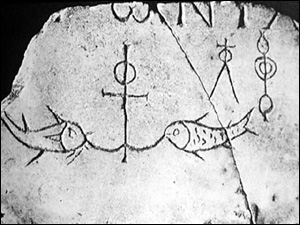
Even more abstract were the inscriptions of chi-rho (PX), the monogram formed from the transliteration of his greek title, Khristos. This monogram appeared on funerary slabs, simple gold rings, and even on the coin of Constantine in the fourth century. Lesser used were verbal images from the bible, including the metaphors of Christ as the vine and Christ as the Good Shepherd.
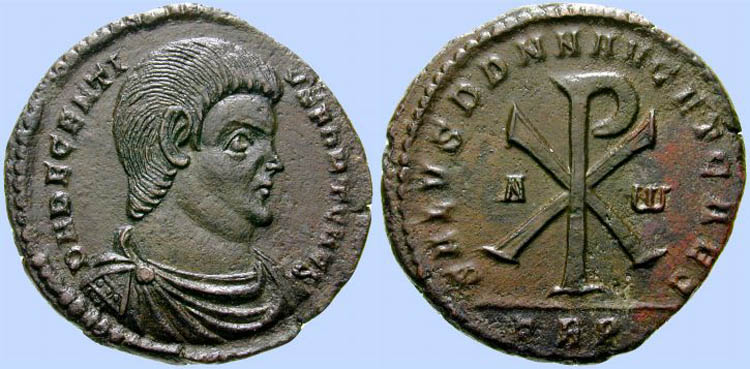
*
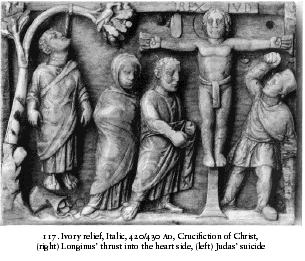
The first surviving relief showing the crucifixion appeared in the fifth century. His image is flat, expressionless: nothing like the gory images that came to dominate the late medieval period. By the thirteenth century, Jesus was depicted with all the trappings of morality— blood leaked from the wound in his side, tears streamed down his face.
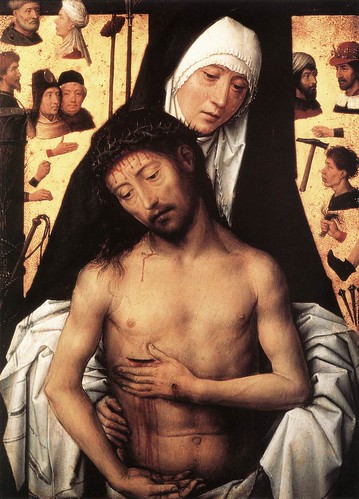
He had become embodied, and in turn, devotion to his pain became a staple of Christian imagination. The devotion to the wounds of Christ flourished: a cross would often feature five carbuncles representing his five wounds.
*

Rings, too, bore inscriptions that sought healing from the wounds of Christ. Particular attention was paid to the wound in Christ’s side: pierced by the lance of a roman soldier, it pronounced him dead, and was considered the door to his heart. The instruments of the passion narrative— including the crown of thorns, the lance, the nails, and the bloodied scourge— became hieroglyphic reminders.

*
His wounds— particularly the wound in his side— became flattened, turned into emblems: a red one-dimensional lozenge (diamond) shape formed part of the “divine heraldry.” The wounds and instruments were often formed to make up a coat of arms of Jesus.
The wounds were sites of devotion, literal openings for the believer to "enter" Christ.
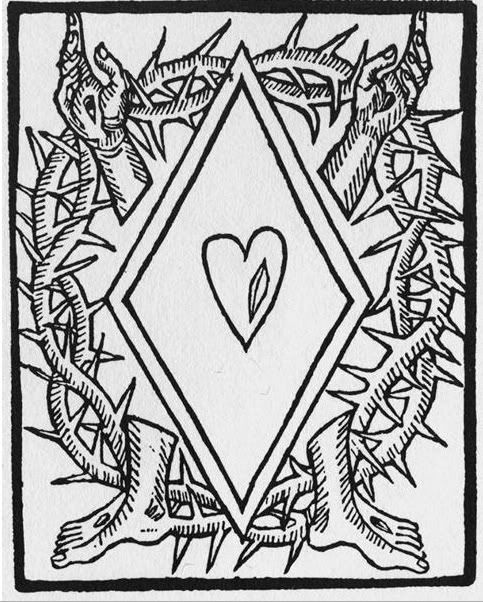
read: Sacred and Legendary Art, Anna Jameson
Christ Lore Fredrk Hackwood
Corpus Christi: the Eucharist in Late Medieval Culture Miri Rubin
The Image of Christ Gabriele Finaldi


2 comments:
relating to the diamond aka dual pyramid..
vector mathematics/geometry
@ 1h 30m
I like this information Thanks for sharing this. I would like to these articles and I have confusion but I read your news and I easy understood
Floral solitaire earrings
Post a Comment